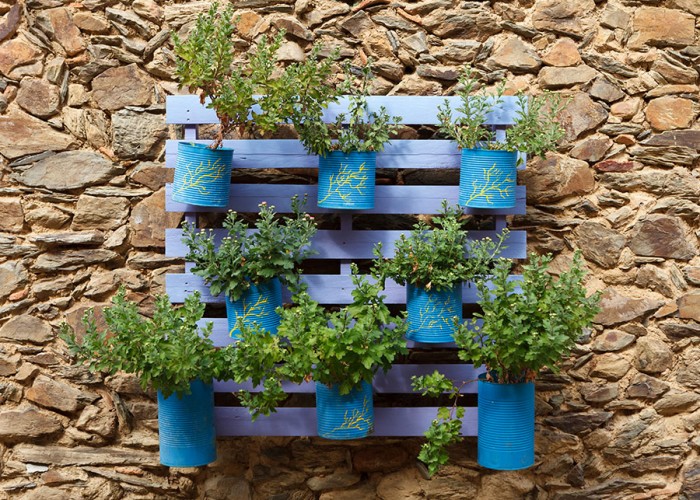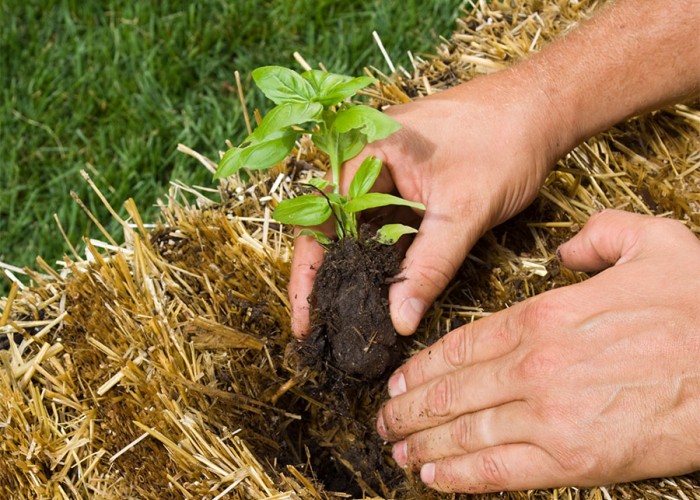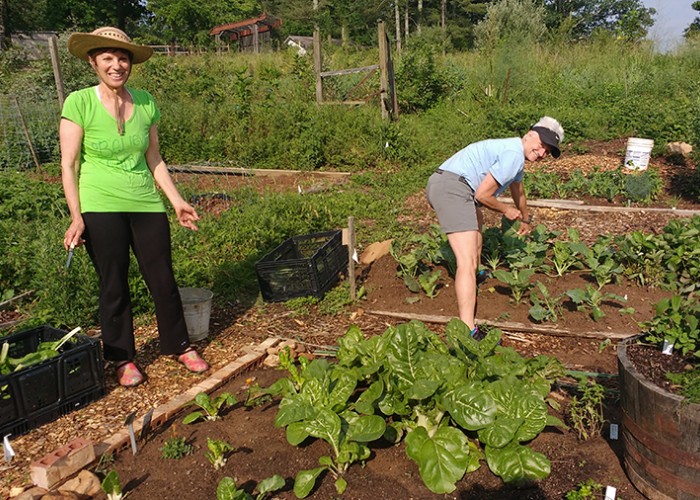Wrestling Water in Your Landscape (and Winning)
Effective ways to deal with spring showers and summer storms
By Pamela A. Keene | Photos by Helen KrausTaking a good look at the ways water drains away from your home’s foundation can help extend the life of your home, and avert major issues that can cause long-term damage and expensive repairs.
“We receive a good number of homeowner calls associated with water issues, such as water pooling near their foundation, water eroding part of their landscape or water that stands for several days after a good rain,” says Mitch Woodward, area extension agent for water quality with the North Carolina Cooperative Extension. “Many of these concerns can be remedied by ensuring that your gutters and downspouts are cleaned out seasonally every year, and that water is moved away from your house foundation and crawl space.”
Woodward explains even if final grading of a homesite addresses the proper direction of water flow, over time soil can become compacted. “In these cases, it becomes more difficult for the water to be absorbed into the ground and may result in standing water,” he says. “That’s where the three S’s come in: spread the water out; slow it down; soak it in.”
Community considerations
Local and state regulations address the commercial challenges of storm water runoff that have resulted from increased growth and development across the state.
“Impervious surfaces such as parking lots, roads, highways, buildings and sidewalks all play a part in increasing the amount of storm water that ends up in our streams, lakes and rivers,” Woodward says. “As this storm water moves across these surfaces, it picks up debris, sediment and pollutants.”
Businesses are now being required to take managing storm water runoff into consideration during construction and beyond. NC Cooperative Extension offers a storm water management certification program in storm water runoff management for contractors, engineers, and landscape architects.
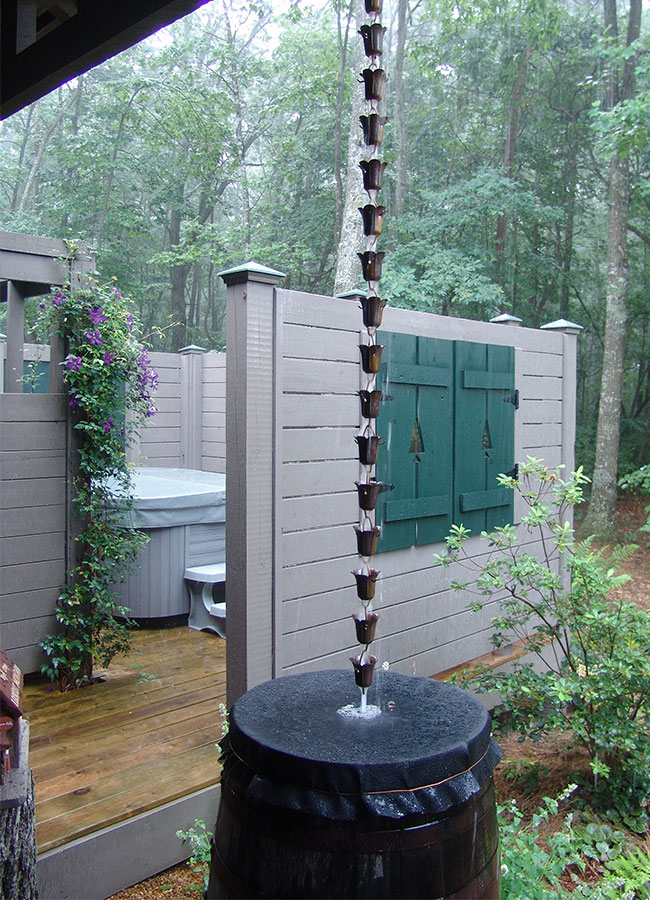
Rain barrels collect water for later use. Learn how to make one on your own with the do-it-yourself video below.
Options at home
For homeowners, excess water can be rerouted, absorbed into the soil or collected in rain barrels for outdoor use in times of low rainfall. In any case, newer environmental regulations support small scale, on-site methods for homeowners.
“The best response to managing storm water run-off is to help it infiltrate the soil close to where it’s generated,” says Rich McLaughlin, Ph.D., soil scientist at North Carolina State University. “By using berms, small hills planted with grass or other ground covers, or shallow ditches called swales, homeowners can help redirect water to be more beneficial to their landscapes. Rain gardens are also useful in places where water may tend to stand for 12 to 18 hours.”
A rain garden is a stable intentional drainage area, McLaughlin says. Bowl‑shaped and multi-layered, a rain garden also provides an in-place water filtration system to capture pollutants before they return to the inground water source. You can plant them with native plants and grasses and they require little maintenance once established.
In addition to helping relieve water issues, rain gardens have other benefits, according to McLaughlin. They are excellent wildlife habitats to attract pollinators, birds and beneficial insects. They can be designed to complement your landscape style, and they’re easy to design, install and maintain.
“Rain gardens, contrary to popular opinion, are not havens for mosquitoes, so get over that notion,” Woodward says. “Rain gardens are usually located in sunny spots and the variety of plants attracts a number of natural predators like frogs and birds.”
Building dry creek beds, installing French drains or burying 4-inch corrugated gutter extensions to dispose of roof runoff also can help alleviate water issues.
“Water is essential to our landscapes,” Woodward says. “As homeowners, the bottom line is that you need to work with the situation rather than fight it, and that might mean bringing in a certified professional can help you correct the problem right from the start.”
Use these instructions to make your own rain barrel. Source: Deco Bliss
Ready to learn more about rain gardens?
Follow up with more tips, including "Rain Garden Musts" in our story from the 2010 Garden guide.
About the Author
Pamela A. Keene is a freelance journalist who writes for magazines and newspapers across the Southeast and nationally.-
Caring for our planet with gardening
-
Share this story:

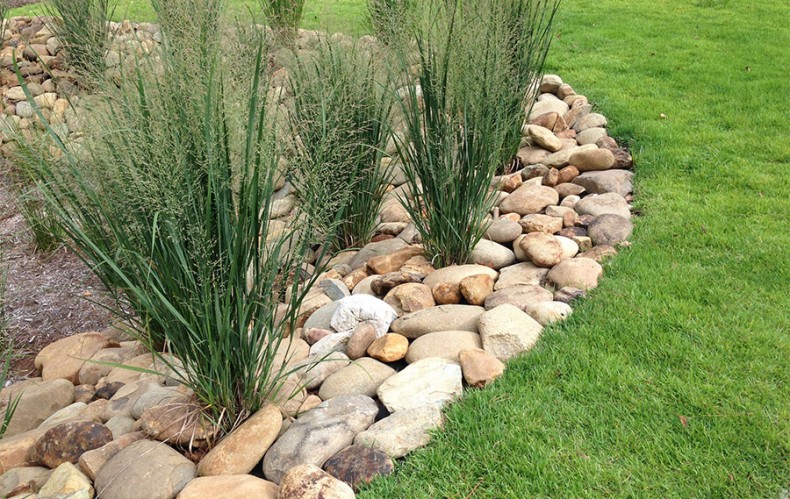
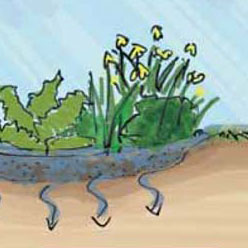 Ready to learn more about rain gardens?
Ready to learn more about rain gardens?